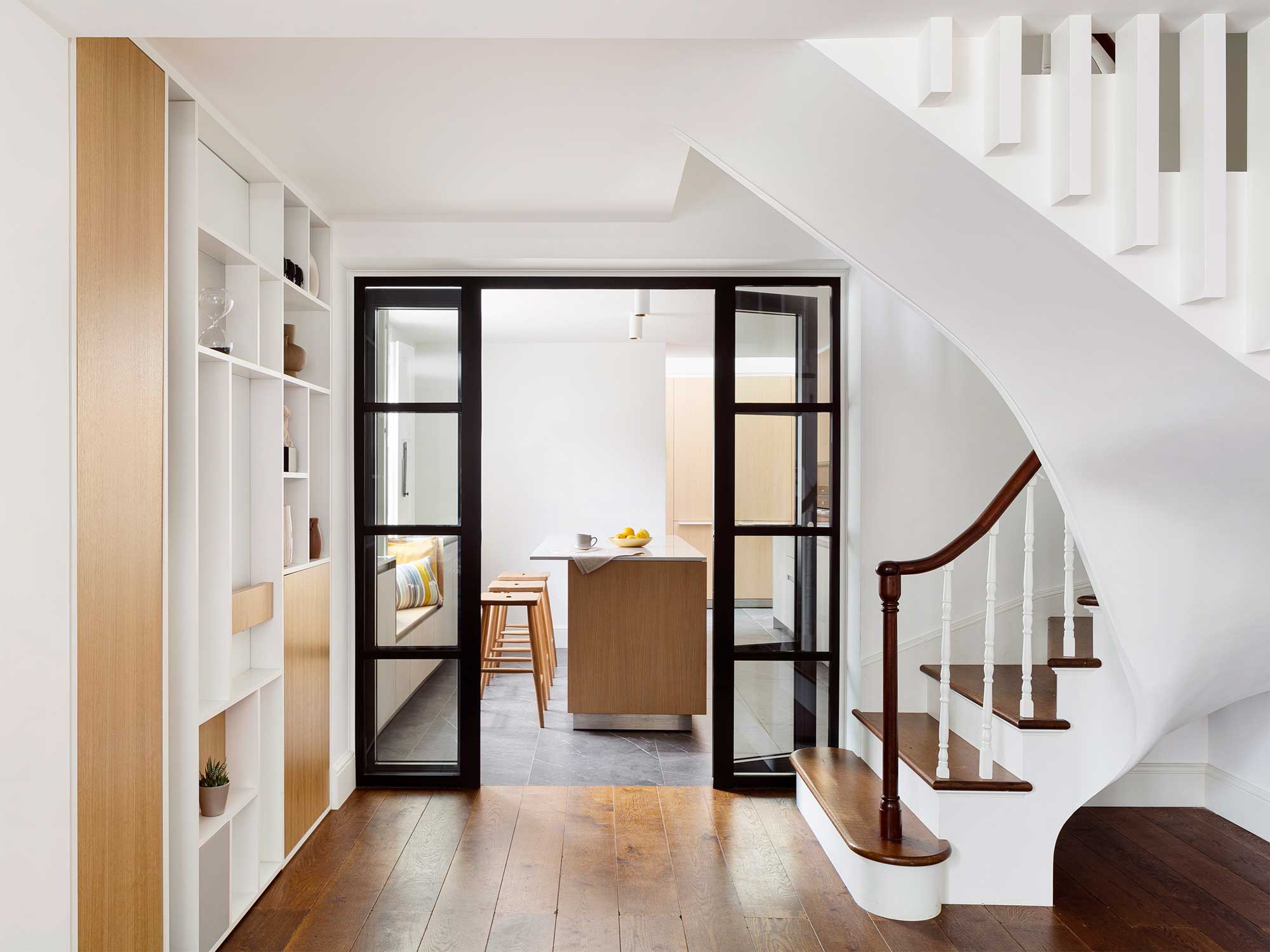
When it comes to entryways, it’s easy to make choices that unintentionally make the space feel more closed in than it needs to, especially when it comes to how you organize it.
With most entryways, striking a balance between form and function is the secret to making it flow and look good. As entryways are normally on the smaller side compared to the rest of the home, their organization must be optimized to allow for people to flow through it without issue.
Whether you’re redesigning an entryway from scratch or just looking at how to organize your entryway better, there are a number of common mistakes homeowners make that you should be aware of, and more importantly expert advice on how to resolve them.
1. Overcrowding with too many items
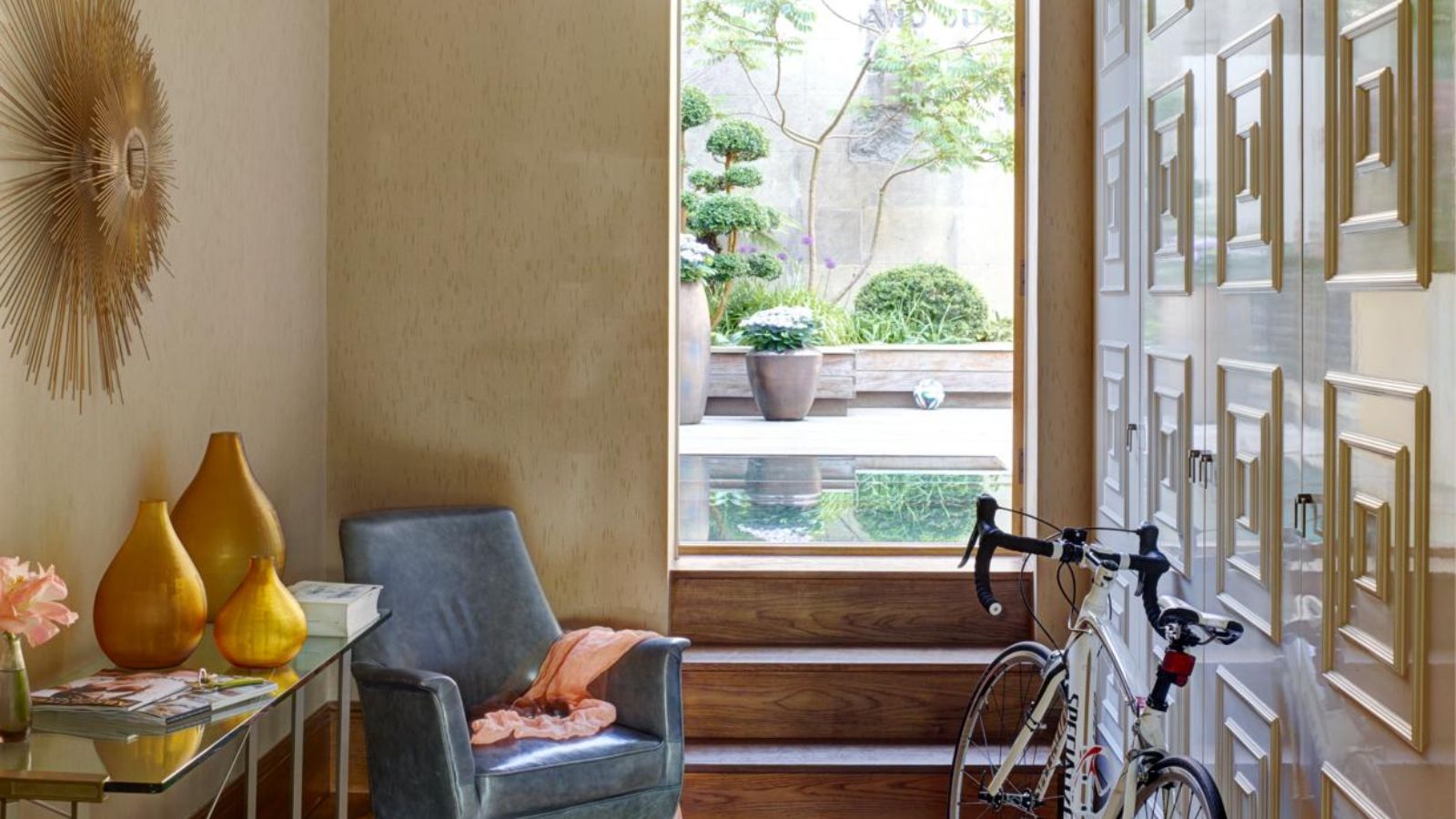
Some people take it for granted that almost everything should be packed into entryway storage. Shoes, bags, jackets — those are just a few examples. However, when too much stuff is introduced, it's of course going to make an entryway too cluttered and tight.
What's the solution? “Introduce a “one in, one out” rule,” says Erin Davis, founder of the virtual interior design studio of Erin Davis Design. “Whenever you step over the front door with a new item, an old entryway item needs to go. Also, decorative baskets can be used to store any extra objects without cluttering the space within sight.”
2. Overlooking vertical space.
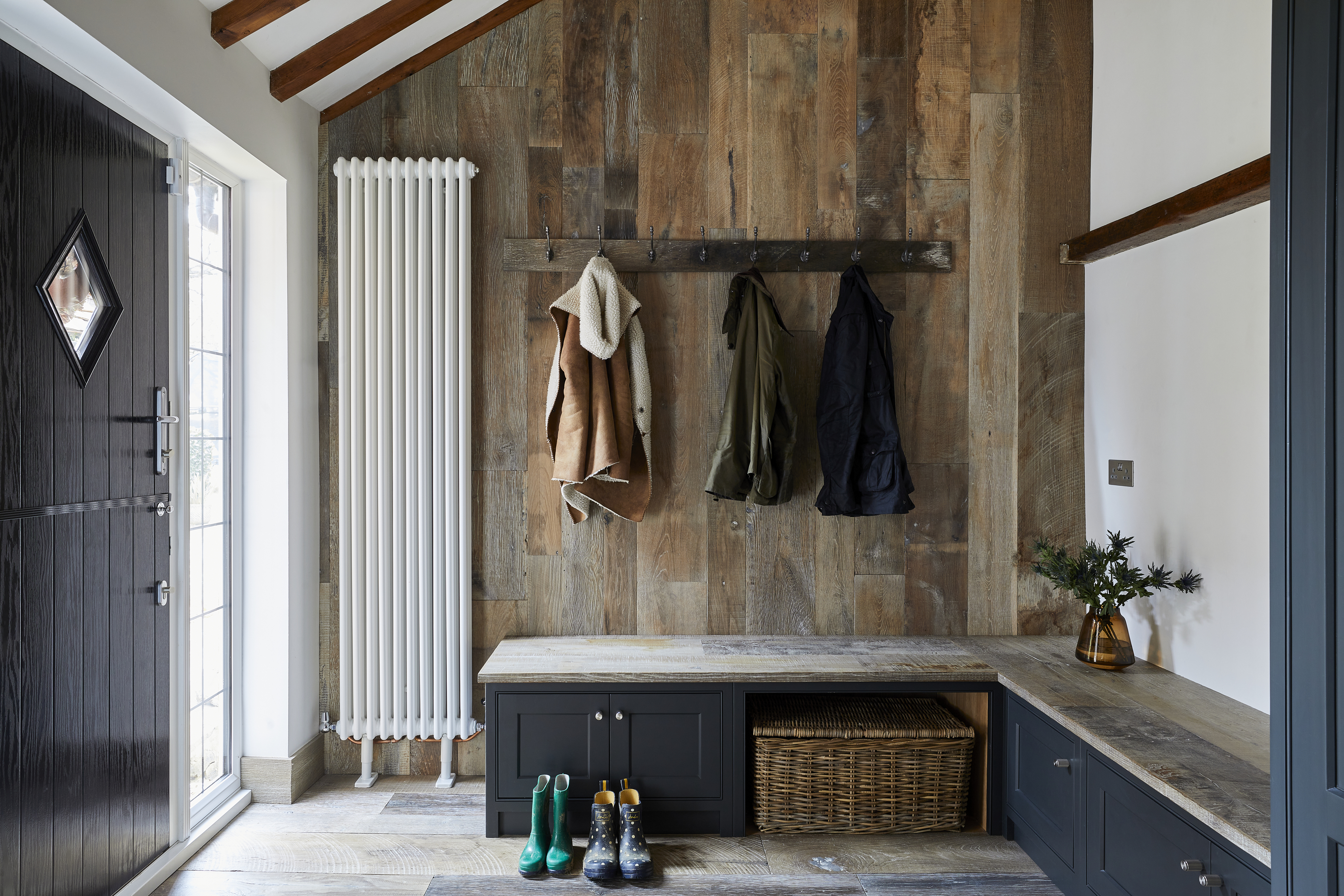
Many people think about horizontal space first and do not consider an entryway's vertical storage opportunities. Floor space tends to get crowded when you forget to utilize valuable real estate above eye level. Letting shoes, bags, and packages pile up is a surefire way to make your entryway feel chaotic.
What's the solution? Eyes up! Incorporate wall hooks, built-ins, or floating shelves to keep the floor clear, especially in a small entryway. Vertical racks for shoes from Amazon and even shoe benches can lift stuff off the floor, enhancing the feeling of space in the room. Vertical storage maximizes space and enhances organization, holding everything from keys to jackets. Without sacrificing style, you make the entryway feel less cramped and more intentional.
3. Not organizing by season
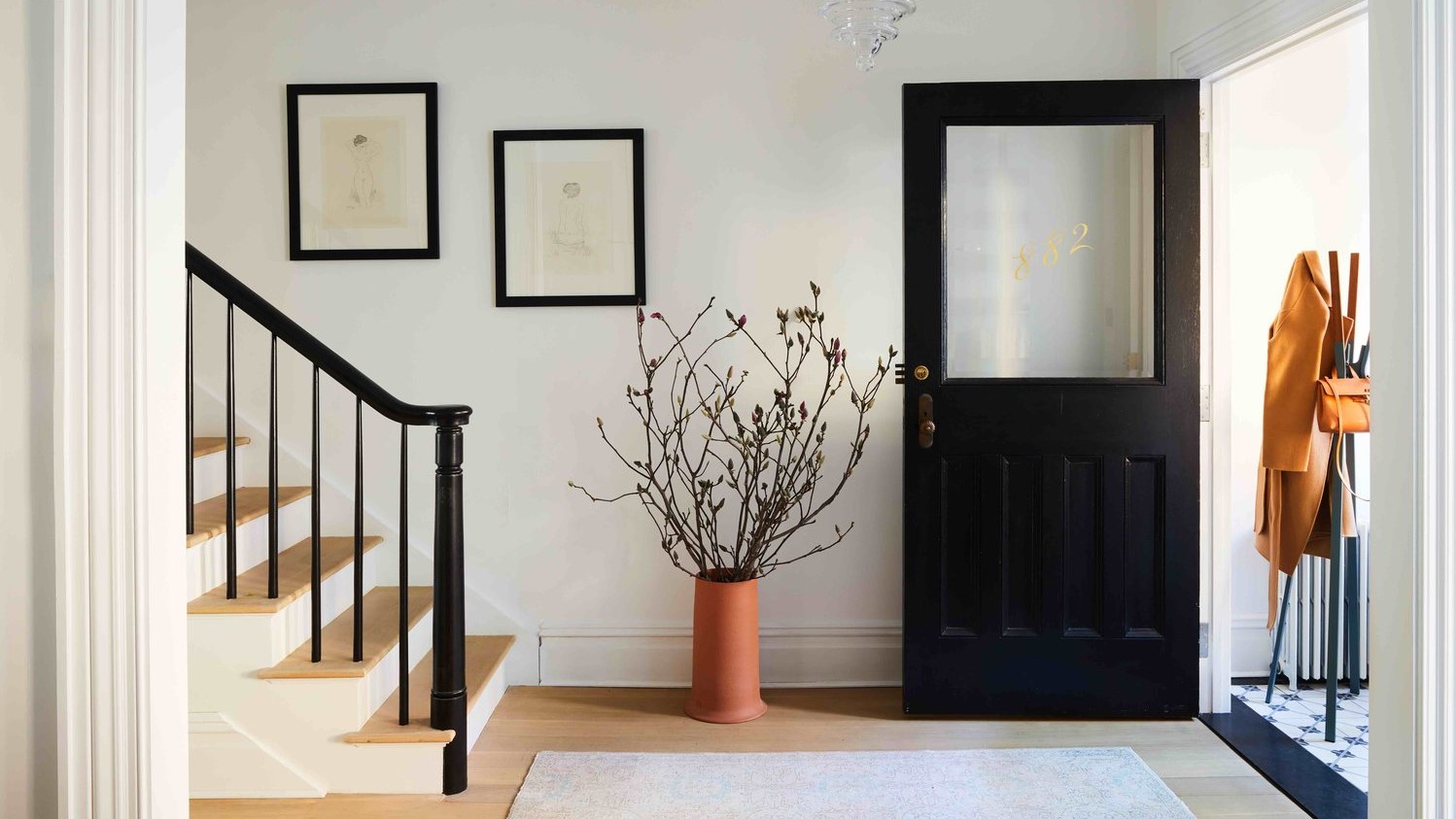
Different seasons require different accessories, but failing to rotate items, just as you might when organizing a closet, and leaving out winter gear in summer or summer items in winter leads to unnecessary clutter that easily overwhelms any space.
What's the solution? Adapt to the season with strategic swaps. For example, bring out weather-appropriate items like a heavy-duty mat, such as the Mibao Front Door Mat from Amazon for winter or a lighter rug for summer, and keep off-season accessories like boots and hats stored elsewhere, ready to switch out when the time comes. Constantly alternating the contents preserves the practical use of the room becoming less intrusive.
4. Thinking out of sight is out of mind
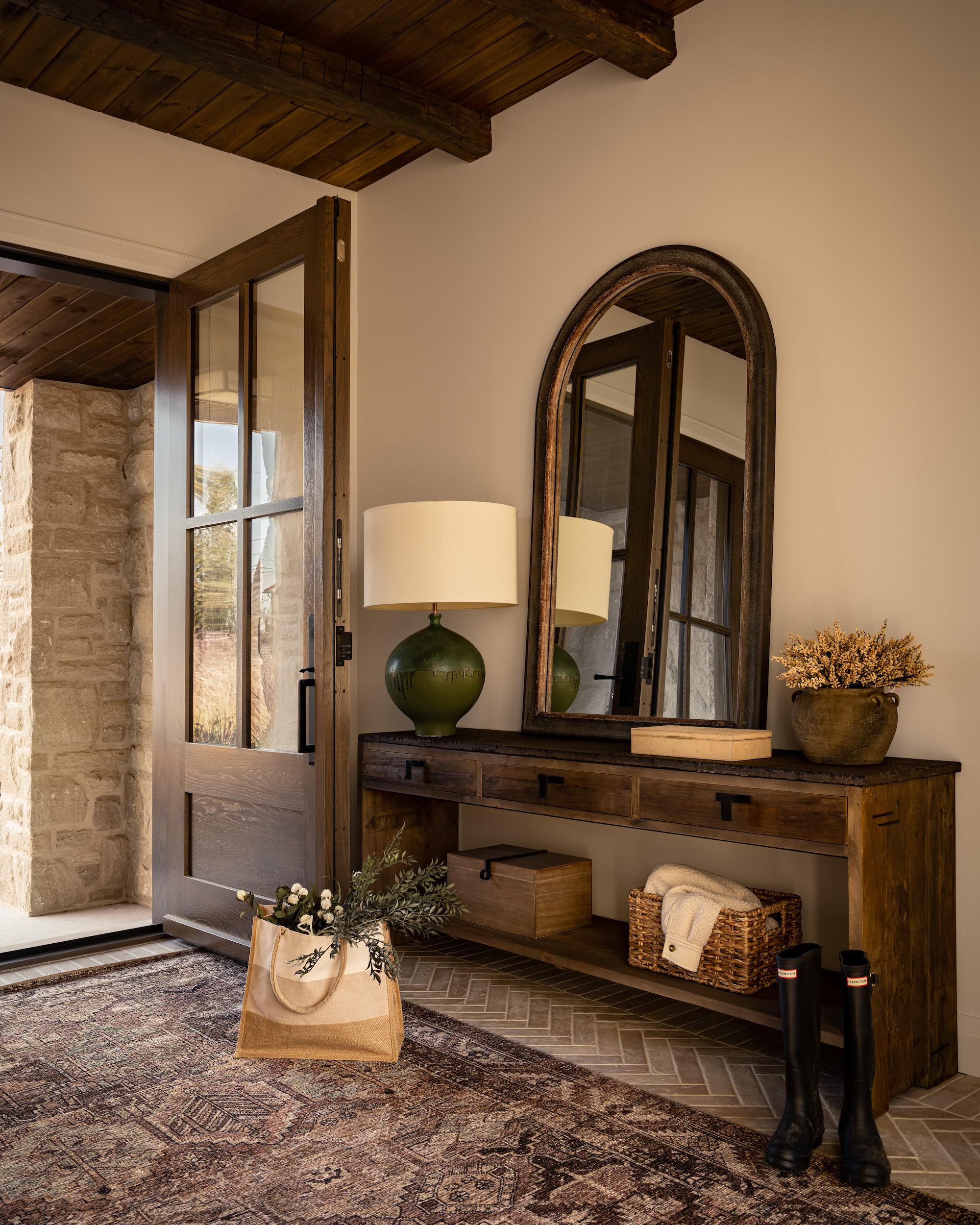
“While closed storage helps and might seem like a fix, stuffing everything behind doors without a system can create chaotic dumping grounds,” says home improvement expert Tommy Mello. “Unplanned storage leads to digging through piles, especially when you're in a rush.”
What's the solution? Balance closed storage with open, accessible areas for frequently used items. A hall tree can be great for this. Consider using stylish bowls and trays for keys or mail, and designate drawers or cabinets for other essentials. This mix of hidden and accessible storage keeps your entryway organized yet functional, especially if you have kids.
Price: $73.98
A budget-friendly hall tree that will add to your entryway's accessible storage.
5. Disrupting flow with too much storage

In a busy household, an entryway can quickly become cluttered with shoes, bags, and other items left in a hurry. Without proper traffic flow in your entryway design, this clutter can create chaos and make your space feel cramped.
Also in small foyers especially, oversized furniture tends to take up a lot of space and can be too much to bear, making your entryway look even smaller. Oversized entryway benches or tables may appear to have some purpose but can be overwhelming in the space they occupy.
Ensure there is enough room for people to move around freely and that furniture placement doesn't impede the flow. Consider adding designated storage areas like a closet or cubbies to keep clutter at bay.
What's the solution? “Less is more,” suggests furniture expert, interior professional and home improvement expert Tony Hoang. “Opt for streamlined furniture that fits the available space without obstructing movement. Hanging planters on hooks and storing bags under benches are ideas to consider where storage would maximize space and practicality.”
Finally, arrange everything with at least 36 inches of clearance for smooth traffic flow.
When designing the storage and organization of your entryway try to choose materials that do not require excessive upkeep which lead to a chaotic environment.
Choose low-maintenance finishes for cabinetry and flooring such as laminate or vinyl to help resist wear and tear, ensuring your entryway looks great with minimal effort.







